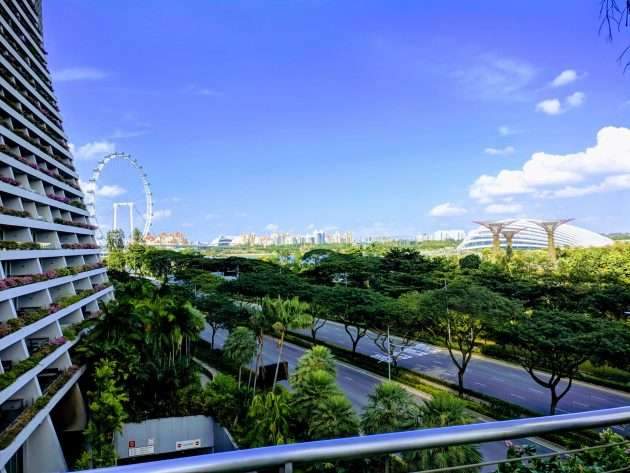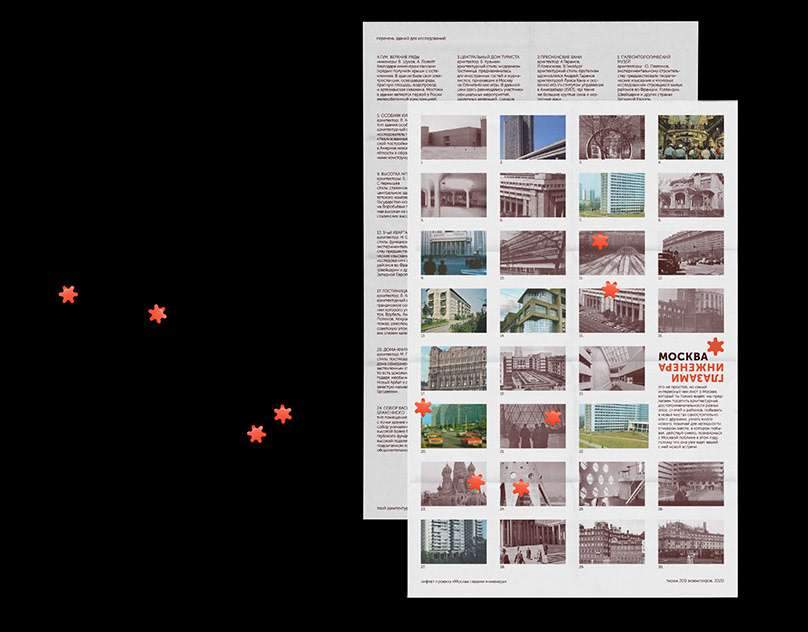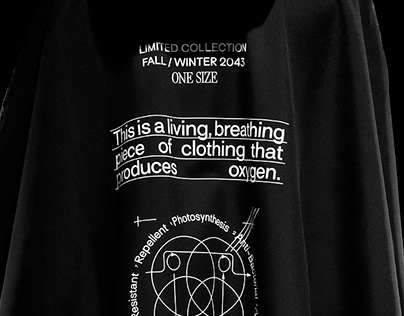Bringing green environment to Thai cities,
Sustainability is becoming the critical issue; green cities and the transformation of urban areas are becoming more and more important as well.
Accordingly, many cities are judged by their green spaces and sustainability.
The landscape architecture in Thailand gives the first impression of how green is being brought to cities.
Meanwhile, megacities are facing continuous growth as more and more people congregate in urban areas.
Here comes the question: How will it be possible in the future to reconcile the housing shortage with more green and open spaces?
Architectural projects will give an impression of what green and sustainable urban development can look like.
The reorientation phase began in Thailand,
as it moved from manufacturing and labor focused to thinking and living in an eco-friendly way.
One example can be seen in the Syracuse city seal. In the late 1980s,
the old chimneys of an industrial factory were replaced with a style of city skyline.
According to this, cities no longer want to be associated only with their industry,
their smoke, their factories, and their dirt.

Urban people have to come up with ways to convert homes,
apartments and real estate, in the face of housing shortages, to integrate them into the city.
As this task will be much easier for an architect firm in Phuket Thailand,
because the planning, management, conceptual design and implementation of the property is a multi-layered process that
is directly related to the environment and the requirements of the surrounding environment.
The new demands that green cities need
Successful megacities are transforming into multifunctional cities,
full of opportunity for their residents and focused on sustainability.
In the West in particular, the change in mentality has occurred for a long time,
meanwhile, in recent years, Asian cities have been struggling with the problems of strong growth of their population,
which has led to a constant decrease in green spaces.
The process of finding space continues to play a very large role in the capitals of Asia,
where city planners and administrators are recognizing the fact that the need
for green spaces and urban spaces will represent a critical turning point in the future.
Bangkok’s agenda includes a large number of green projects, for example,
a number of city parks have been built in recent years.
The city has set itself a goal of bringing an average of 9 square meters of green space per inhabitant to the city.
But currently there is only 6 square meters of green space per inhabitant in Bangkok,
and more success and rethinking is being given by the creation of city parks.
Playing on the city’s strengths in other areas as well, these parks increase the quality of life of their residents,
are seen as safe and significantly enhance property values.

Plan to increase greening in Thailand’s major cities
The trees had to give way to very wide major roads with bridges and elevated railways in many Asian cities, as well as highways.
The Bangkok Network Vienna project aims to be a catalyst for change in Thailand,
where trees will be planted along streets to make the city’s landscape greener.
The area around Sathorn Road will also be used as a pilot study,
transforming the Sathorn Canal into a shaded recreational space.
The bike lanes, recreation space and pier will be connected by several parks,
such as Lumphini Park and Benchasiri Park.
Bangkok residents have long recognized the importance of green spaces for their city,
and many like to get outdoors after work and enjoy their free time outside.
If this is possible now without the need to travel to remote provinces,
it strengthens Bangkok as a city as a whole.







